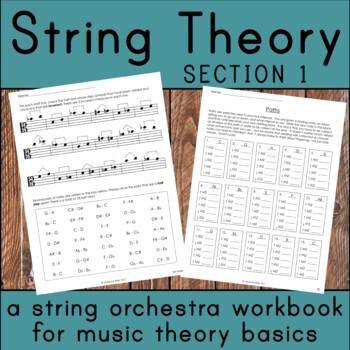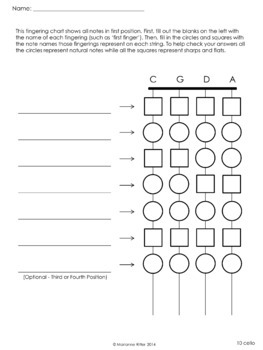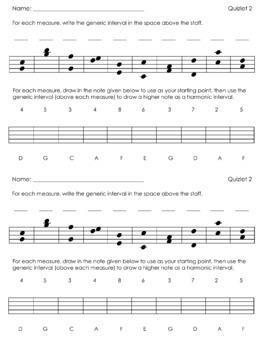String Theory - Music Theory Basics for the String Orchestra Classroom
- Zip
What educators are saying
Description
String Theory is a resource for string orchestra teachers who want to introduce basic music theory to their string orchestra students in a way that relates to and enhances knowledge of their instruments.
This product includes:
- An introduction to String Theory including suggestions for classroom use and assessment
- A 22-page workbook for each instrument using their own clef
- A teacher edition which shows the student page as well as extra tips and information
- 3 Quizlets which correspond to workbook pages
Section 1 of String Theory covers:
- Drawing notes in the staff
- Ledger lines
- Note reading review
- Accidentals
- Fingering charts
- Generic intervals (interval number)
- Half and whole steps
As a middle school orchestra teacher, I created String Theory when I was frustrated in my search for theory materials that met my needs. So many materials use the piano for examples and treat the alto clef as an afterthought. I didn't understand – why not teach theory using a language our students already understand? That is, why not use their own instruments and clefs? This method allows for an easier link to everyday playing and performance.
I created String Theory for my 8th grade classes, who were in their third year of playing. However, it could be started in the second year of playing or in high school.
Please take a look at the preview for more information and ideas for classroom use as well as previews of the full violin book. I hope that String Theory can be helpful to you as a teaching tool as well as a personal time-saver!
If you want to keep going into fingering charts, enharmonics, key signatures, and more, please take a look at String Theory Section 2!
Check out my store for more activities and games for string orchestra and general music!





